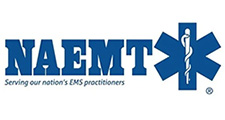
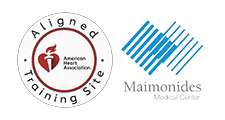

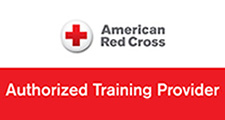
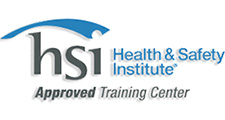
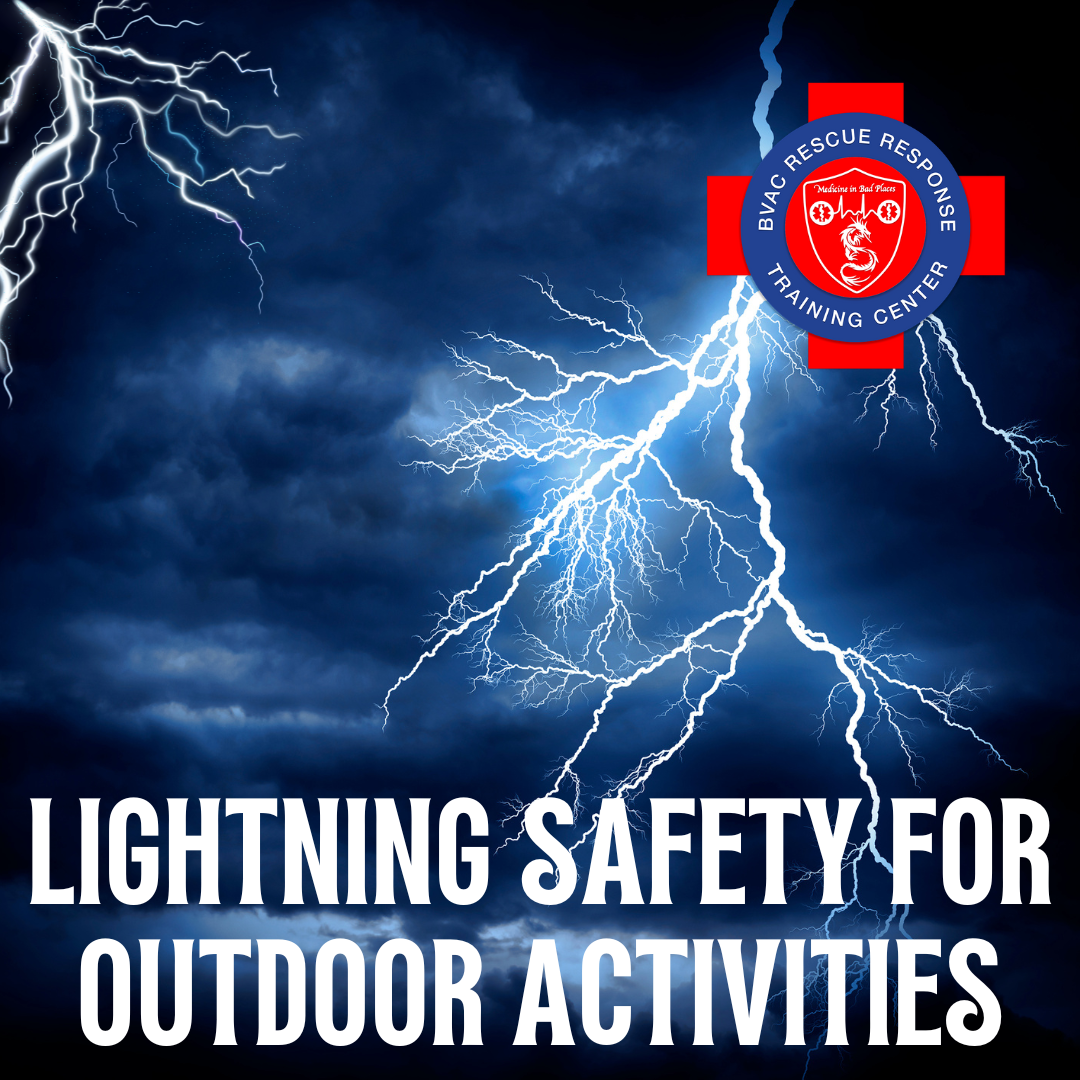
Spending time outdoors is one of life’s simple pleasures—whether you're hiking, fishing, working, or enjoying a game of baseball. But when thunderclouds roll in, lightning becomes a serious threat that should never be ignored. Every year, lightning injures or kills hundreds of people in the United States alone, and most incidents happen during outdoor activities.
Here’s what you need to know to stay safe when lightning strikes.
Lightning can strike as far as 10 miles away from a thunderstorm far beyond the reach of rainfall. If you can hear thunder, you're close enough to be struck. That’s why the best way to stay safe is to be proactive and get to a safe location as early as possible.
Always check your local forecast before starting any outdoor activity.
Pay attention to weather alerts or thunderstorm warnings.
If you see lightning and can’t count to 30 before hearing thunder, it’s time to go indoors.
Wait 30 minutes after the last clap of thunder before resuming outdoor activities.
A fully enclosed building (with plumbing and wiring) is the safest place.
A metal-topped vehicle with the windows up is the next best option.
Avoid open structures like pavilions, tents, or dugouts.
Don’t stay on open fields, hilltops, or beaches.
Avoid tall, isolated trees and metal objects like fences or poles.
Water is a conductor get out of pools, lakes, or rivers immediately.
Stay low in a valley or ravine but avoid laying flat on the ground.
Crouch with your feet together and head tucked to minimize contact with the ground.
Spread out if in a group to reduce the risk of multiple injuries from a single strike.
Once the storm has passed, remain alert. Lightning can strike well after rain has stopped. If someone is struck:
Call 911 immediately.
Victims do not carry an electrical charge you can safely touch them.
Begin CPR or use an AED if the person is unresponsive or not breathing.
Lightning is powerful but with a little knowledge and quick decision-making, you can dramatically reduce your risk. When thunder roars, go indoors. It’s the simplest rule that could save your life.
Headquarters:
214-29 42nd Avenue
Bayside, New York 11361
Mailing Address:
214-29 42nd Avenue
Bayside, New York 11361
Phone: + 1 (718) 631-3333
Contact Form
